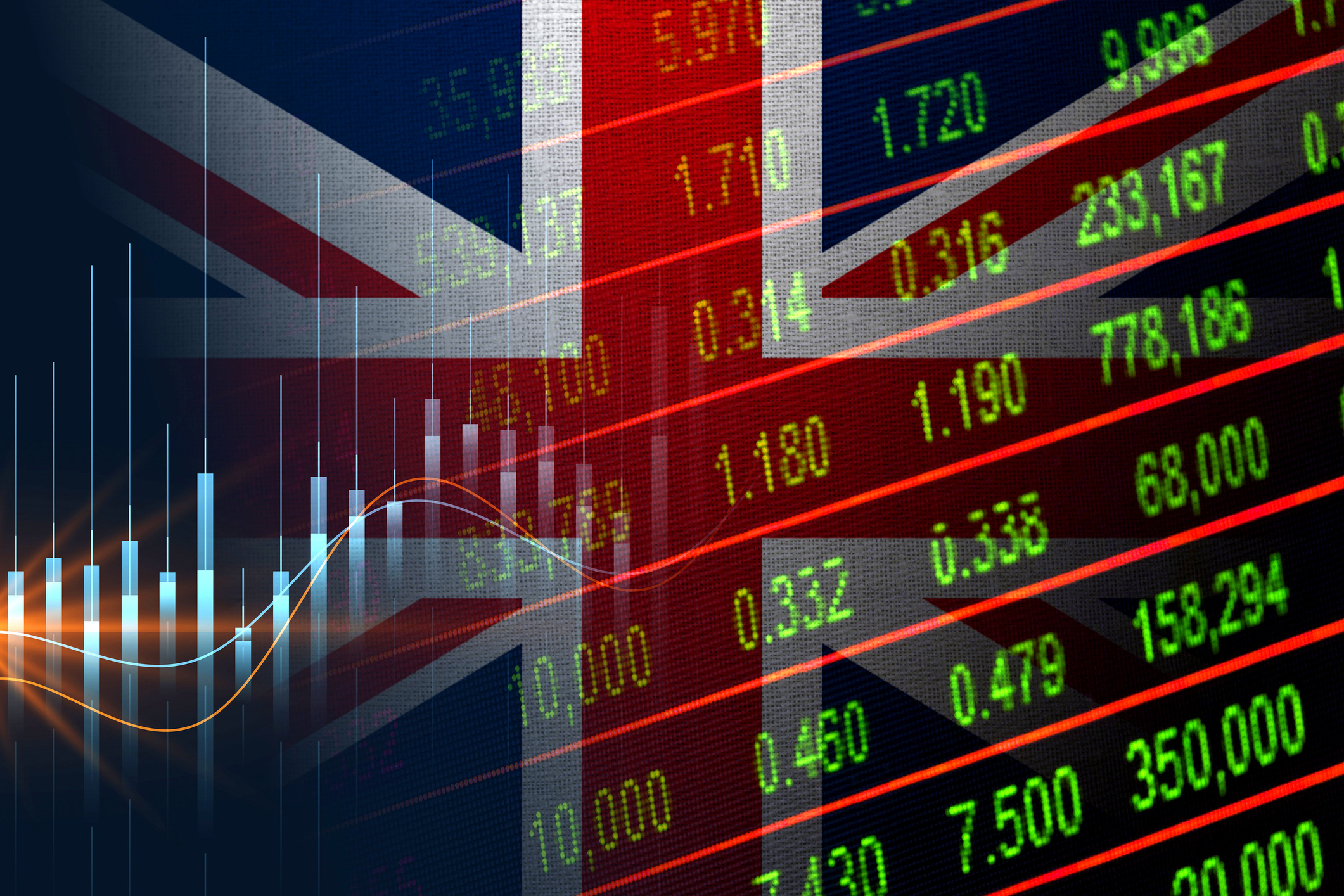Investing in the US stockmarket is a hefty bet on big tech
The US market looks expensive with or without the FAANGs – but they will surely decide its fate.

The US is an expensive market by international standards – even more so now that it’s recovered from the March lows faster than any other region. At the end of May, the MSCI USA traded on a price/earnings (p/e) ratio of more than 22. The MSCI Europe traded on a p/e of 15. The MSCI Japan was also valued at around the same, while the MSCI Emerging Markets is slightly cheaper at 14. If you look at price/book value or dividend yields instead, the same pattern holds.
However, there are complications in comparing international markets like this – the composition of each market can be very different. This tends to be obvious when the index is dominated by a handful of companies or a couple of sectors – we see this most clearly with small economies or emerging markets, especially those dependent on natural resources. Large markets should be more easily compared – but in many respects, these indices still vary more than you might expect. For example, IT accounts for around 26% in the US, but just 7% in Europe. Industrials are 20% of the Japanese market, but 8% of American stocks. Financials are the single biggest sector in emerging markets overall.
It’s about stocks as much as sectors
Some sectors usually trade on higher valuations than others, to reflect stronger growth prospects or the fact that their earnings are less cyclical. So does this difference in sector weights explain why the US is more expensive? To a limited extent, yes. An index that applied US sector valuations to European sector weights would be a bit cheaper than the MSCI USA; one that applied Europe sector valuations to US sector weights would be a bit dearer than the MSCI Europe. But my rough estimate is that this would only make each index 10% cheaper or more expensive, when the valuation gap is much greater.
MoneyWeek
Subscribe to MoneyWeek today and get your first six magazine issues absolutely FREE

Sign up to Money Morning
Don't miss the latest investment and personal finances news, market analysis, plus money-saving tips with our free twice-daily newsletter
Don't miss the latest investment and personal finances news, market analysis, plus money-saving tips with our free twice-daily newsletter
Some of the remaining difference is because most US sectors are moderately more expensive. For example, financials have a p/e ratio of 10.7 versus 8.5; utilities yield 3.5% versus 4.1%. This may ultimately be justified by stronger growth or better margins, or it may not. But even sector comparisons don’t tell the whole story.
The US consumer discretionary trades on a p/e of over 30, versus under 15 in Europe. Communications services is on 25 versus 14. That gulf exists mostly because of a very small number of high-priced firms in these sectors. The FAANGs (see below) now have a vast influence on the US market, making up nearly 20% of the MSCI USA. If they shape the future economy as many investors hope, the US could merit its high premium. If they don’t it’s hard to see how it will outperform the rest of the world.
I wish I knew what the FAANGs were, but I’m too embarrassed to ask
The acronym FAANG refers to Facebook, Amazon, Apple, Netflix and Google (Alphabet) – five American companies that have been among the top-performing stocks in recent years and are seen by many investors as core long-term holdings because of the way that they dominate the online economy. The acronym was coined by Jim Cramer, the host of the TV show Mad Money, as FANG in 2013; the second A (for Apple) was added later.
Under this definition, the FAANGs do not include a number of other major firms with comparable influence. The most important is Microsoft: it is now as fast growing as its peers, but back in 2013 it was a laggard whose best days seemed long gone. However, when investors talk about the FAANGs today, they are usually referring to Microsoft as well.
The FAANGs are typically described as tech giants, but most are not listed in the tech sector. Index compilers class Apple and Microsoft as information technology, but Alphabet, Facebook and Netflix as communications services, and Amazon as consumer discretionary. The thread that links them is that they offer communication and data services that drive the evolution of the digital economy in a way that goes beyond computer hardware – they are responsible for far-reaching online platforms that most of us depend on every day.
The FAANGs are also used as a shorthand for a broader universe of large stocks that have strong market positions or star power (ie, they are going up at the time). A non-exhaustive list might include Adobe, Broadcom, Nvidia, PayPal and Salesforce, plus firms such as Mastercard and Visa (due to their role in online payments) and China’s Alibaba, Baidu and Tencent. Including Walt Disney (whose online service may be a key threat to Netflix) stretches this reasoning, while adding carmaker Tesla breaks it. Older tech firms such as Cisco, IBM, Intel and Oracle are rarely viewed as peers.
Get the latest financial news, insights and expert analysis from our award-winning MoneyWeek team, to help you understand what really matters when it comes to your finances.
Cris Sholto Heaton is an investment analyst and writer who has been contributing to MoneyWeek since 2006 and was managing editor of the magazine between 2016 and 2018. He is especially interested in international investing, believing many investors still focus too much on their home markets and that it pays to take advantage of all the opportunities the world offers. He often writes about Asian equities, international income and global asset allocation.
Cris began his career in financial services consultancy at PwC and Lane Clark & Peacock, before an abrupt change of direction into oil, gas and energy at Petroleum Economist and Platts and subsequently into investment research and writing. In addition to his articles for MoneyWeek, he also works with a number of asset managers, consultancies and financial information providers.
He holds the Chartered Financial Analyst designation and the Investment Management Certificate, as well as degrees in finance and mathematics. He has also studied acting, film-making and photography, and strongly suspects that an awareness of what makes a compelling story is just as important for understanding markets as any amount of qualifications.
-
 Why UK investors are backing British stocks in 2026
Why UK investors are backing British stocks in 2026The UK stock market may be lacking fashionable technology shares but investors are keen to buy British next year
-
 UK inflation live: did inflation fall in November?
UK inflation live: did inflation fall in November?The ONS releases inflation data for November tomorrow (17 December). Has inflation continued its downward trend?
-
 Halifax: House price slump continues as prices slide for the sixth consecutive month
Halifax: House price slump continues as prices slide for the sixth consecutive monthUK house prices fell again in September as buyers returned, but the slowdown was not as fast as anticipated, latest Halifax data shows. Where are house prices falling the most?
-
 Rents hit a record high - but is the opportunity for buy-to-let investors still strong?
Rents hit a record high - but is the opportunity for buy-to-let investors still strong?UK rent prices have hit a record high with the average hitting over £1,200 a month says Rightmove. Are there still opportunities in buy-to-let?
-
 Pension savers turn to gold investments
Pension savers turn to gold investmentsInvestors are racing to buy gold to protect their pensions from a stock market correction and high inflation, experts say
-
 Where to find the best returns from student accommodation
Where to find the best returns from student accommodationStudent accommodation can be a lucrative investment if you know where to look.
-
 The world’s best bargain stocks
The world’s best bargain stocksSearching for bargain stocks with Alec Cutler of the Orbis Global Balanced Fund, who tells Andrew Van Sickle which sectors are being overlooked.
-
 Revealed: the cheapest cities to own a home in Britain
Revealed: the cheapest cities to own a home in BritainNew research reveals the cheapest cities to own a home, taking account of mortgage payments, utility bills and council tax
-
 UK recession: How to protect your portfolio
UK recession: How to protect your portfolioAs the UK recession is confirmed, we look at ways to protect your wealth.
-
 Buy-to-let returns fall 59% amid higher mortgage rates
Buy-to-let returns fall 59% amid higher mortgage ratesBuy-to-let returns are slumping as the cost of borrowing spirals.
